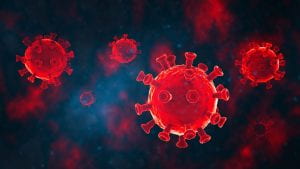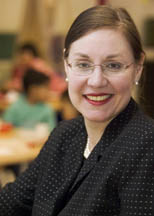 Research demonstrates our memories are not as accurate as we believe.
Research demonstrates our memories are not as accurate as we believe.
While most people think their memories represent the truth, the evidence demonstrates that our memories depend very much on the circumstances we are experiencing at the time and that they shift over time. A large body of research shows that emotions, especially those provoked by negative events, lead to inaccurate or even completely false memories. [Read more…]





